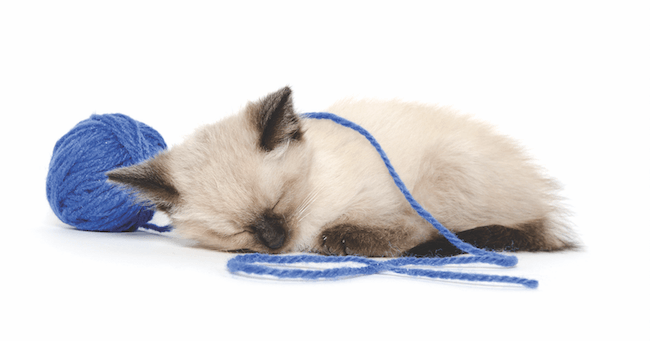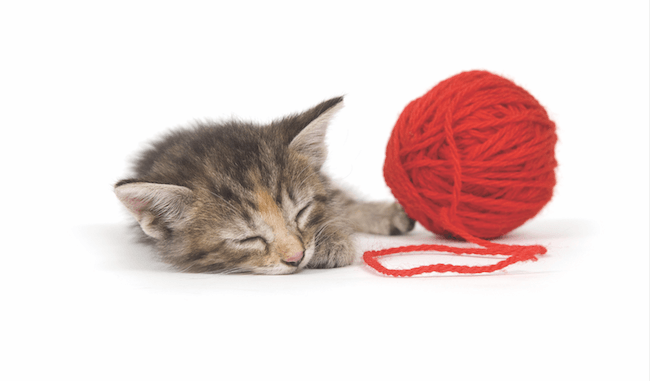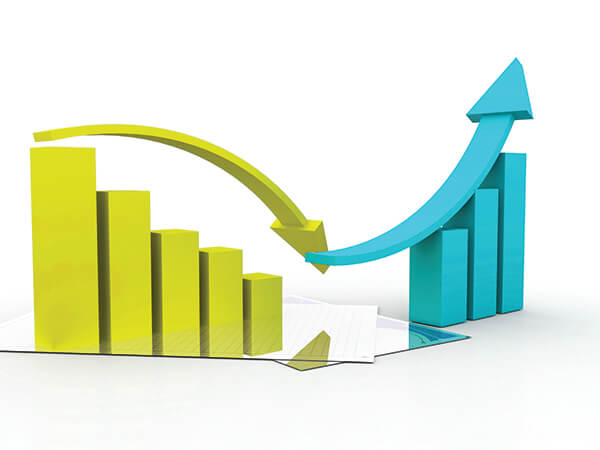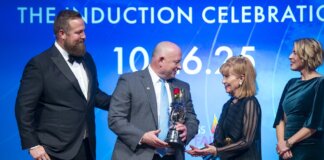BY LISSA COFFEY
That is the question many consumers ask. Share these suggestions on how, when and where to take a siesta so it won’t interrupt nighttime sleep
Editor’s note: Savvy mattress retailers want to do everything they can to help their customers sleep better, including offering them sound advice and tips. Feel free to share this great guidance from Better Sleep Council spokeswoman Lissa Coffey with your shoppers (with credit given, of course). The BSC is the consumer-education arm of the International Sleep Products Association.
Thomas Edison did it. In fact, he was so committed to the practice that he set up napping cots throughout his home and laboratory for those times he needed to recharge. Leonardo da Vinci was a fan of the power nap, snoozing for 15 minutes every four hours. Margaret Thatcher set aside one hour every afternoon to rest. Eleanor Roosevelt napped before speaking engagements for a boost of energy.
So, there must be something to this theory that a daytime break can help us, right? Science has shown that taking a quick nap can make us more alert, boost productivity, reduce stress, improve our mood and increase creativity. However, research also shows that all of these benefits are available to us only when we’ve gotten a good night’s sleep in the first place. A nap is not a replacement for nighttime sleep, and in some cases, it can prevent you from getting restorative sleep at night. And so, the great nap debate continues.
When it comes to naps, there’s no one size fits all. Some people are nappers and some aren’t. Much of this could be due to genetics. People who enjoy naps usually fall asleep quickly but not deeply. They wake up on their own after about 20 minutes feeling refreshed. Some nappers say they need this time and are not as productive without it. On the other hand, nonnappers sleep deeply during naps. They usually need an alarm to wake up, and when they do, they feel groggy. Napping makes them much less productive than they normally would be.
If you feel the need for more sleep, particularly during daytime hours, this could signal that a future health problem is looming. Studies have linked regular daytime napping with elevated risks for diabetes, cardiovascular disease and other ailments. Daytime sleepiness also is a sign of depression. In these cases, daytime sleep is a symptom of an underlying issue; it is not the source of a problem, although napping can worsen depression. It would be a good idea to check with your doctor to find the source of this fatigue.
Feeling tired during the day also may be a sign that you’re not getting the nutrition your body requires. Low blood sugar also could be the cause. Make sure you eat enough healthy foods to supply enough energy to get you through to dinner. Avoid eating too much sugar or carbohydrates.
There are some drawbacks to napping. While a short nap doesn’t tend to affect nighttime sleep, a longer nap or more frequent naps can make it more difficult to sleep at night. If you suffer from insomnia or poor sleep quality at night already, napping might worsen the problem. Sleep inertia is when you feel disoriented or groggy after a nap. It may take you a while to recover from this, losing valuable work time. Some people feel uncomfortable trying to sleep somewhere other than in the privacy of their own bedroom on a comfortable, supportive mattress. But napping on a sofa or chair often is necessary if you’re trying to nap during work hours. Instead of taking a nap, try exercising. Take a walk outside, get some sunlight and fresh air, and see if that doesn’t perk you up. This will help you get to sleep at night when bedtime comes around.
When is the best time and best way to nap? Here are some tips:
- If you’re sick or are coming down with something, by all means take a nap. Sleep is good medicine! Your body needs extra rest during this time so you can heal.
- Keep nap time to between 15 and 40 minutes. According to research presented at the 2016 American College of Cardiology Conference in Washington, D.C., there is a correlation between naps lasting longer than 40 minutes and obesity, diabetes and metabolic syndromes such as high blood pressure and high cholesterol.
- If you are working a double shift or during a stretch of time that interferes with your regular sleep, try to nap sometime while on a break to keep your energy up and your mind sharp. Medical students famously have mastered the art of the power nap.
- If you need to nap, try for some time between 2 and 3 p.m. After lunch, you naturally might feel a lull in energy or alertness, and it’s still not too late in the day to interfere with nighttime sleep.
- If you’ve had a poor night’s sleep or weren’t able to sleep enough the night before, a nap usually is helpful to make up for the lack of rest.
- If you find yourself reaching for coffee, caffeinated sodas or energy drinks during the day, try taking a nap instead. Naps are more effective in boosting energy. In addition, daytime caffeine interferes with nighttime sleep.
- Napping on a plane can help you adjust to changing time zones. Plus, navigating airports can be stressful, so a little snooze can help you feel more relaxed. Just make sure your neck is supported so you don’t wake up with sore muscles. Of course, it’s much easier to sleep when you’re lying down, so if you plan to sleep during a flight, you might want to invest in an upgraded ticket where you can stretch out.
- If you work from home, it’s easy to find a place to nap. If you have a private office where you can lock the door, then napping shouldn’t be a problem. Some companies, including Apple and Google, provide nap rooms for employees who want to use break time for a nap. If you aren’t in any of these positions, it can be difficult to find a place where you have the privacy you need to fall asleep. Earplugs and a sleep mask can help you fall asleep.
- Meditate. Meditation has many of the same benefits as napping, and you don’t have to lie down. Close your eyes, focus on your breath and relax your muscles. When thoughts come, watch them drift by and let them go. If you fall asleep, you probably need it.
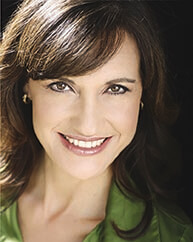 Lissa Coffey is a relationship expert, author of several books and broadcast journalist. A spokeswoman for the Better Sleep Council, she stars in several videos that offer sleep and mattress-shopping tips for consumers.
Lissa Coffey is a relationship expert, author of several books and broadcast journalist. A spokeswoman for the Better Sleep Council, she stars in several videos that offer sleep and mattress-shopping tips for consumers.


